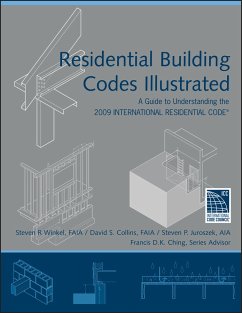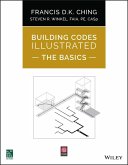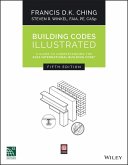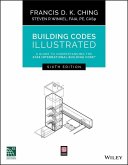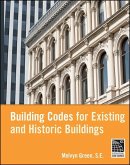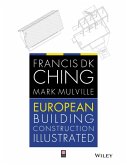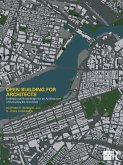An easy-to-use illustrated guide to building codes for residential structures
As the construction industry moves to a single set of international building codes, architects and construction professionals need an interpretive guide to understand how the building code affects the early design of specific projects. This newest addition to Wiley's series of focused guides familiarizes code users with the 2009 International Residential Code® (IRC) as it applies to residential buildings. The book provides architects, engineers, and other related building professionals with an understanding of how the International Residential Code was developed, and how it is likely to be interpreted when applied to the design and construction of residential buildings. . User-friendly visual format that makes finding the information you need quick and easy . The book's organization follows the 2009 International Residential Code itself . Nearly 900 illustrations, by architectural illustrator Steven Juroszek in the style of noted illustrator and author Frank Ching, visualize and explain the codes . Text written by experienced experts who have been instrumental in gaining acceptance for the new unified building code
This book is an essential companion to the IRC for both emerging practitioners and experienced practitioners needing to understand the new IRC.
As the construction industry moves to a single set of international building codes, architects and construction professionals need an interpretive guide to understand how the building code affects the early design of specific projects. This newest addition to Wiley's series of focused guides familiarizes code users with the 2009 International Residential Code® (IRC) as it applies to residential buildings. The book provides architects, engineers, and other related building professionals with an understanding of how the International Residential Code was developed, and how it is likely to be interpreted when applied to the design and construction of residential buildings. . User-friendly visual format that makes finding the information you need quick and easy . The book's organization follows the 2009 International Residential Code itself . Nearly 900 illustrations, by architectural illustrator Steven Juroszek in the style of noted illustrator and author Frank Ching, visualize and explain the codes . Text written by experienced experts who have been instrumental in gaining acceptance for the new unified building code
This book is an essential companion to the IRC for both emerging practitioners and experienced practitioners needing to understand the new IRC.
Dieser Download kann aus rechtlichen Gründen nur mit Rechnungsadresse in D ausgeliefert werden.

